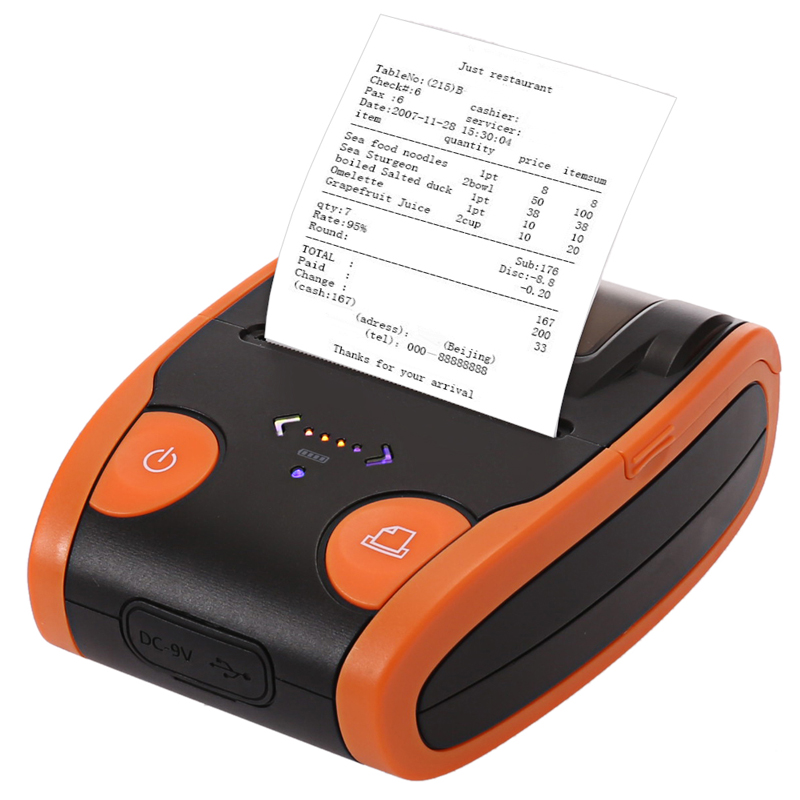In November 2015, HP was officially split into two public companies: HP Enterprise and HP Inc. From the financial report of the first year after the spin-off, the performance of the two companies is not very eye-catching.
At the end of the 2016 fiscal year ending October 31, 2016, the net profit of the two companies declined slightly by about 6% year-on-year. The good news is that the stock prices of the two companies doubled in FY2016, indicating that the market is optimistic about the family and industry prospects of the two companies. After all, the hardware business of the two companies is a rigid demand, coupled with HP's own technical strength, research and development capabilities, product quality, channel sales and other excellent skills.
It’s definitely not enough to eat it, and HP has its own judgment and layout for future trends. On January 5, 2017, Zhuang Zhengsong, President of Hewlett-Packard China, conducted an interview and talked about the next big trend in the eyes of Hewlett-Packard.

Zhuang Zhengsong, President of Hewlett-Packard China
3D printing market is about to come
For HP, it has stabilized the top three global positions in the PC and print markets, especially the largest manufacturer in the printing market for many years. This gives HP ample foundation and strength to develop the next wave of business. This is 3D printing. In the eyes of HP, 3D printing is the next wave of business that is about to usher in a market explosion.
Why is HP optimistic about the 3D printing market?
First, from Gartner's emerging technology hype curve, 2015 is the last year that 3D printing technology appeared on the curve. On the Gartner Emerging Technology Hype Curve in 2015, enterprise-level 3D printing at the far right (meaning that it is about to be migrated out of the curve) is about to enter the mainstream application phase in 2-5 years, while consumer-grade 3D printing technology needs 5-10 years into mainstream applications. By 2016, these two technologies have disappeared from the curve, meaning that 3D printing technology has been integrated into production and life as a whole.
Second, IDC's global 3D printing market predicts that the global 3D printing market will reach $35.4 billion by 2020, doubling the market size of $15.9 billion in 2016, which means 24.1 from 2015 to 2020. % compound annual growth rate. When the Economist magazine published the cover article "3D Printing for the Third Industrial Revolution" in 2012, the global 3D printing market was between $12 billion and $13 billion. That is to say, after the birth of 3D printing technology for more than 30 years, the mature business application model was finally launched in 2016.
IDC's research shows that the top four industries in the global 3D printing market in 2016 are manufacturing, healthcare, professional services and retail. Manufacturing is the largest industry driving the rapid growth of 3D printing. In 2016, the automotive design represented by rapid prototyping produced a $4 billion 3D printing market, and aerospace and military parts printing generated a $2.4 billion 3D printing market. Discrete manufacturing generally accounts for 56% of the global 3D printing market in 2016. In addition, dental 3D printing shows strong market opportunities.
Third, HP not only has enough technology accumulation in the field of printing technology, but HP is also the tenth largest chemical patent owner in the world, which means that HP has sufficient strength in 3D printing materials, processes and technology.
Zhuang Zhengsong said that HP's own printing technology is mature enough, but the key to promoting 3D printing on a large scale is still in the material. "Whether it's medical, car, manufacturing, clothes, shoes, I can describe it in one sentence. HP's ambition here is big enough. We don't want to make a printer to sell, but to really change humanity."
HP 3D printer starts shipping
As early as October 2014, HP announced its entry into the 3D printing market, and announced that it will introduce an industrial-grade 3D printer that is 10 times faster than existing 3D printers and cost half of existing 3D printing, and officially launched in 2016. In conjunction with this, HP also launched the Sprout immersive computing platform, which is mainly used for 3D scanning of physical objects, then processing 3D virtual objects, and then printing the final results in real time with HP 3D printer.
Two years later, in May 2016, HP finally launched a 3D printer called the MulTI-Jet Fusion technology, which is mainly used for prototype printing. The model 3200 starts at $130,000, and the complete solution, including the processing workstation, starts at $155,000. Another more powerful 4200 was launched in November 2016. In addition to being used for prototyping, it can also be used for short-cycle manufacturing, especially for parts that require the same day.
HP's MulTI-Jet Fusion (MJF) technology uses a print crossbar similar to a 2D printer with 30,000 nozzles that can spray 350 million drops of thermoplastic or other materials per second. Go to the print platform. In a video released by HP, HP 3D printing technology MJF compared with other 3D printing processes (FDM, laser sintering), the number of gears produced in the same time is 30 FDM, 70 laser sintering, MJF is 1000. One.
At the time of the release of 3200, the only material supported was polyamine P12, commonly known as nylon 12, which is a very hard and wear-resistant thermoplastic material used to produce high abrasion resistance, repetitive pressure, material fatigue and exposure. In an external environment with chemicals. After the release of the 3200, Nike, BMW, Johnson & Johnson, Siemens and other 3D printing system companies have come to cooperate.
What changes will 3D printers bring to these big companies? It is reported that Nike mainly uses HP 3D printers for the development and production of footwear products. Johnson & Johnson wants to use HP 3D printers for medical devices, equipment and health products. BMW uses HP 3D printers for the development of automotive parts and components. Manufacturing, while Siemens and other 3D printing systems companies provide management software for HP 3D printers or for their own printing services.
Zhuang Zhengsong revealed that the materials that HP 3D printers can support, in addition to thermoplastic materials, are exploring other useful materials that are available in real life. In collaboration with Johnson & Johnson, HP is exploring the use of bone materials for medical materials in the hip, knee or elbow joints. Artificial joints were previously made of metal, but the problem is that metal and flesh are difficult to contact with, and the use of bone to make artificial joints is closer to natural materials.
At present, the HP 4200 3D printer has just been launched in the German market, mainly in cooperation with German channels to promote manufacturing in Germany, and the 3200 is limited to working with leading companies in typical industries. In addition to the visible 3D printing market, the US Trench government's $1.6 trillion in infrastructure investment and the huge investment by governments in Industry 4.0 and smart manufacturing are all good factors for 3D printing.
When Zhuang Zhengsong entered HP in 1990, he went to the medical instrument department, so he had different perceptions and feelings about 3D printing. "I like these things that HP is doing now." Although Zhuang Zhengsong did not disclose when the HP 3D printer entered the Chinese market, this day is probably very close.
Thermal printers are more smaller, lighter and consume less power, making them handheld thermal printer. Thermal printers are perfect mobile printer. Commercial applications of thermal printers include express, manufacturing, finance, ticketing, enforcement, warehouse, retail, parking and etc. Below is our advantages:
1. Mobile Bluetooth Printer, handy and stylish
2. USB/Bluetooth/RS232 various interface
3. Support label printing and receipt printing
4. Support Android/IOS/Win/Win CE/Symbian systems
5. High speed printing and high compatibility

Thermal Label Printer,Thermal Receipt Printer,Thermal Transfer Printer,Bluetooth Thermal Printer
Shenzhen Qunsuo Technology Co., Ltd , https://www.qsprinter.com
